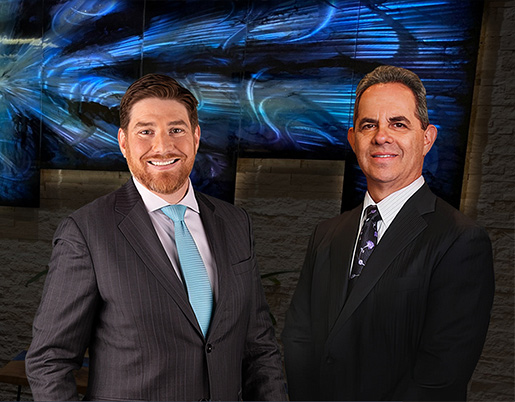The National Highway Traffic Safety Administration (NHTSA) are proposing upgrades to the federal motor vehicle safety standard for child-restraint systems to ensure child passengers are protected in side crashes. The proposed upgrades would include a first-ever side impact test for car seats sold in the U.S. that are designed for children weighing up to 40 pounds.
In the proposed test simulating a side-impact vehicle crash, car seats must demonstrate they can safely restrain a child by preventing harmful head contact with an intruding vehicle door and reducing the crash forces transmitted to the child’s head and chest. NHTSA estimates that the proposal could save lives and prevent injuries.
“Car seats are an essential tool for keeping young children safe in vehicles and have a proven track record of saving lives,” said NHTSA Acting Administrator David Friedman. “Today we continue to build on our extensive child seat safety program by adding side-impact crash protection for the first time.”
Under the proposal, car seats would be tested in a specially designed sled test that simulates a “T-bone” crash, where the front of a vehicle traveling 30 mph strikes the side of a small passenger vehicle traveling at 15 mph. The sled test is the first of its kind in the world being proposed for regulation, as it simulates both the acceleration of the struck vehicle and the vehicle door crushing toward the car seat. In addition to using an existing 12-month-old child dummy, the proposed test will also utilize a newly developed side-impact dummy representing a 3-year-old child. The agency proposed a 3-year time frame for car-seat manufacturers to make any necessary changes to meet the proposed requirements upon final rule publication.






